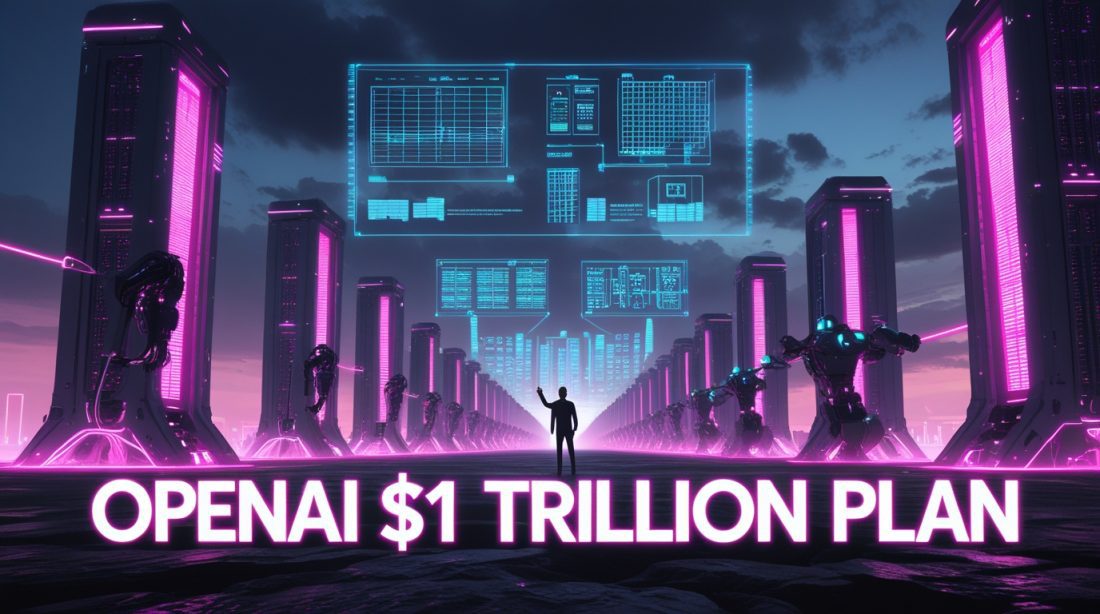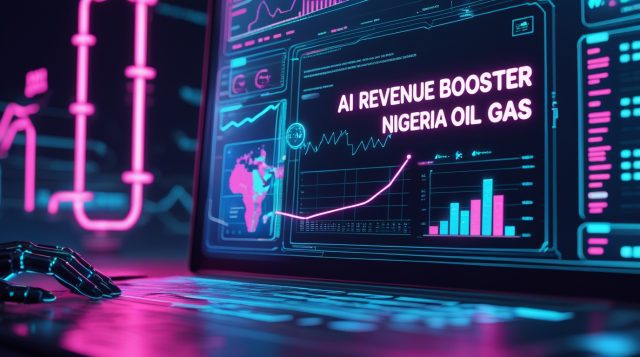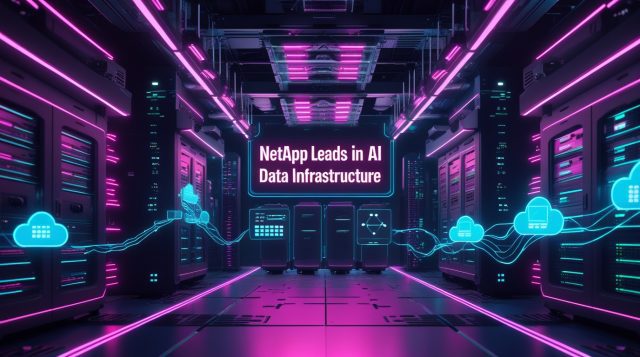Fast Facts
OpenAI $1 trillion plan is a five-year gamble to build massive AI infrastructure, power industrial automation, and chase superintelligence. With billions already burned and energy demands rivaling nuclear plants, the company is betting that future AI revenue will justify today’s scale. From smart factories to predictive maintenance, OpenAI aims to be the backbone of industrial AI — but execution risks loom large.
The Vision Behind OpenAI’s $1 Trillion Plan
In the quiet hum of a data center in Abilene, Texas, OpenAI CEO Sam Altman recently laid out a vision of staggering scale. He gestured to the construction around him, telling reporters, “This is 10% of what the site is going to be. We’re doing 10 of these.” This physical manifestation of ambition is the backdrop for the most audacious corporate strategy in recent memory — the OpenAI $1 trillion plan.
Faced with pledged spending of over $1 trillion, OpenAI has crafted a definitive five-year business strategy to navigate this financial ultramarathon. This isn’t a vague vision but a concrete roadmap involving AI infrastructure investment, creative debt partnerships, and aggressive expansion into industrial AI. For leaders in manufacturing, logistics, and enterprise tech, understanding this OpenAI five-year strategy is no longer optional — it’s foundational.
Why OpenAI Needs a $1 Trillion Spending Plan
The trillion-dollar figure stems from a single, existential need: compute capacity. OpenAI has locked in deals to secure over 26 gigawatts of AI compute capacity from partners like Oracle, Nvidia, AMD, and Broadcom. These Stargate AI data centers are designed to power the next generation of superintelligent models and agentic AI workflows.
The energy demands are staggering. According to Certrec, Stargate’s hyperscale facilities will require up to 15 gigawatts of power — equivalent to the output of multiple nuclear plants. PCMag reports that one Texas hub alone will consume as much electricity as an entire cityPCMag.
Despite projected revenue of $13 billion in 2025, OpenAI remains a loss-making business. Reports indicate an $8 billion operating loss in the first half of 2025 — driven by research, model scaling, and the energy consumption required to run its expanding fleet of AI-powered consumer devices and industrial systems.
How the Five-Year Strategy Closes the Funding Gap
To bridge the chasm between ambition and reality, OpenAI is diversifying revenue far beyond ChatGPT subscriptions. It’s pursuing enterprise contracts with governments and Fortune 500s, exploring consumer hardware with Jony Ive, and considering affiliate-style monetization inside ChatGPT — a model already proving lucrative across platforms, as seen in top AI affiliate programs.
The company’s AI cloud cost management strategy includes raising debt, securing SoftBank OpenAI funding, and deepening its Nvidia AI investment pipeline. Strategic partnerships are central to this roadmap. Oracle provides cloud infrastructure, Broadcom supplies AI hardware, and Databricks enables OpenAI Databricks integration — embedding its models directly into industrial workflows.
This mirrors broader trends in decentralized AI monetization, such as automation profit shifts and the rise of industrial AI marketplaces.
OpenAI $1 Trillion Plan and Industrial AI: A Blueprint for Global Automation
While ChatGPT dominates headlines, the industrial AI roadmap is where the deeper transformation is unfolding. From predictive maintenance AI to AI defect detection, factories are rapidly adopting intelligent systems that can anticipate failures, optimize production, and manage logistics in real time.
OpenAI’s models are now being deployed in smart factories where AI-powered production planning and quality control systems are no longer experimental — they’re operational. The company’s agentic AI workflows are being used to automate multi-step tasks across supply chains, while AI-powered logistics tools predict delays and reroute shipments autonomously.
This industrial AI strategy is reshaping how manufacturers think about automation. AI deployment in factories is no longer about replacing workers — it’s about augmenting them with systems that can analyze sensor data, diagnose mechanical issues, and recommend corrective actions faster than any human team.
The market is booming. According to IoT Analytics, the industrial AI sector is projected to grow from $43.6 billion in 2024 to $153.9 billion by 2030. OpenAI’s infrastructure is a key enabler of this growth — powering predictive analytics, autonomous workflows, and real-time decision-making.
For example, AI-powered predictive maintenance is already delivering ROI across sectors, while human-in-the-loop workflows are helping companies balance automation with oversight.
The Bottom Line: Betting on the Future of AI
OpenAI’s $1 trillion plan is a bet that future AI revenue will eventually catch up with today’s astronomical spending. It’s a belief that AI-powered systems will become so essential — in factories, logistics, consumer devices, and enterprise operations — that this investment will look prescient in hindsight.
Whether it succeeds or not, the company has already forced the world to rethink what scale looks like in AI. From industrial AI revenue surges to the rise of decentralized AI ecosystems, OpenAI is building infrastructure not just for today’s models, but for tomorrow’s superintelligence.
Sources:
- Certrec – Energy Demands for OpenAI’s Stargate Project
- PCMag – OpenAI’s New AI Hub in Texas Will Consume as Much Power as a City
Stay Ahead in the AI Revolution
The AI landscape changes daily. Get the latest analysis on AI business strategies, industrial applications, and in-depth market reports delivered directly to your inbox.
[Subscribe to our newsletter now]



